Create your first routine for children in 5 steps
A routine helps the child to structure himself, to gain autonomy and to facilitate your own planning. How to set up your first routine?
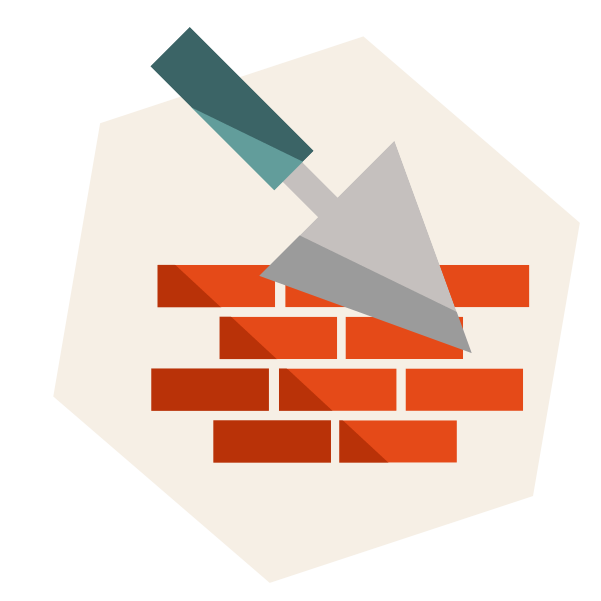
Chapter 3
How to set up a routine for children?
That's it, you've made it! The days pass and exhaust you more and more. Children are disorganized, forget what to do and are lost? You need a routine displayed and fast! You feel that it will help your family organization and that your days will be easier. And you are right! A routine helps the child to structure himself and gain autonomy. It also helps to facilitate your own planning. In short, what advantages!
Use your usual routine. The schedule that you have most often with the children will be the best starting point for writing your routine since it will fit more easily with your reality.
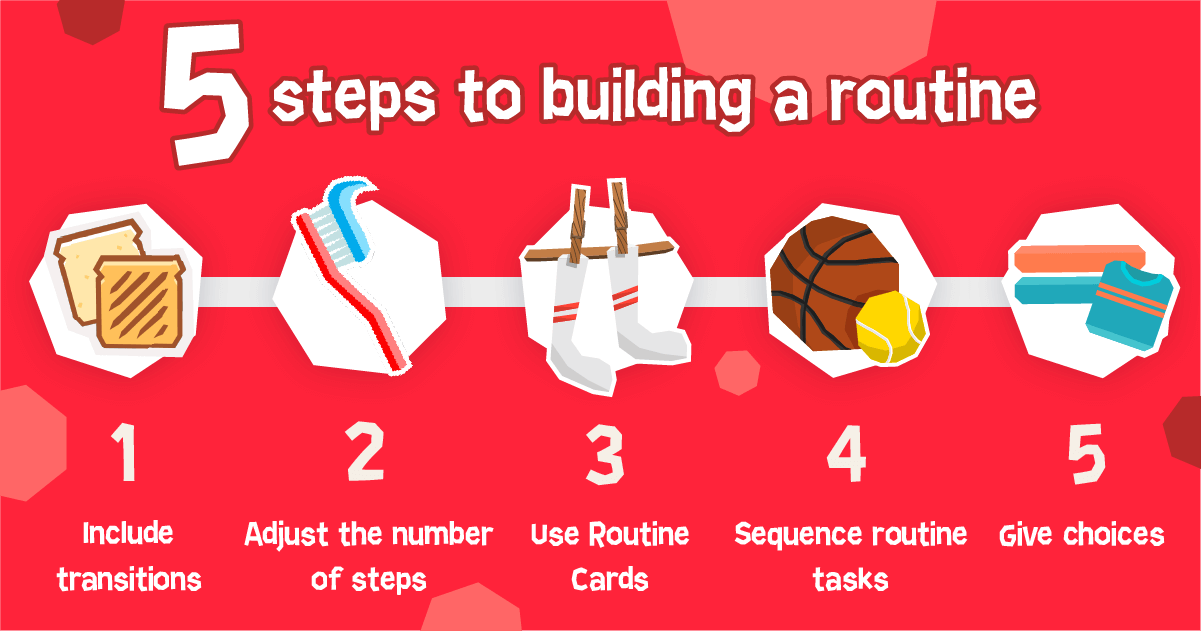
To begin, it is very important to place it visually; whether it's a poster, a routine chart or an app like Kairos, it's important to see it all visually. In the same way that you fill in your diary to find out what is scheduled for the next day, the child can watch and/or fill in their task board. It is also advisable to do this with the child the day before, during his evening routine, so that he goes to bed with his program for the next day in mind.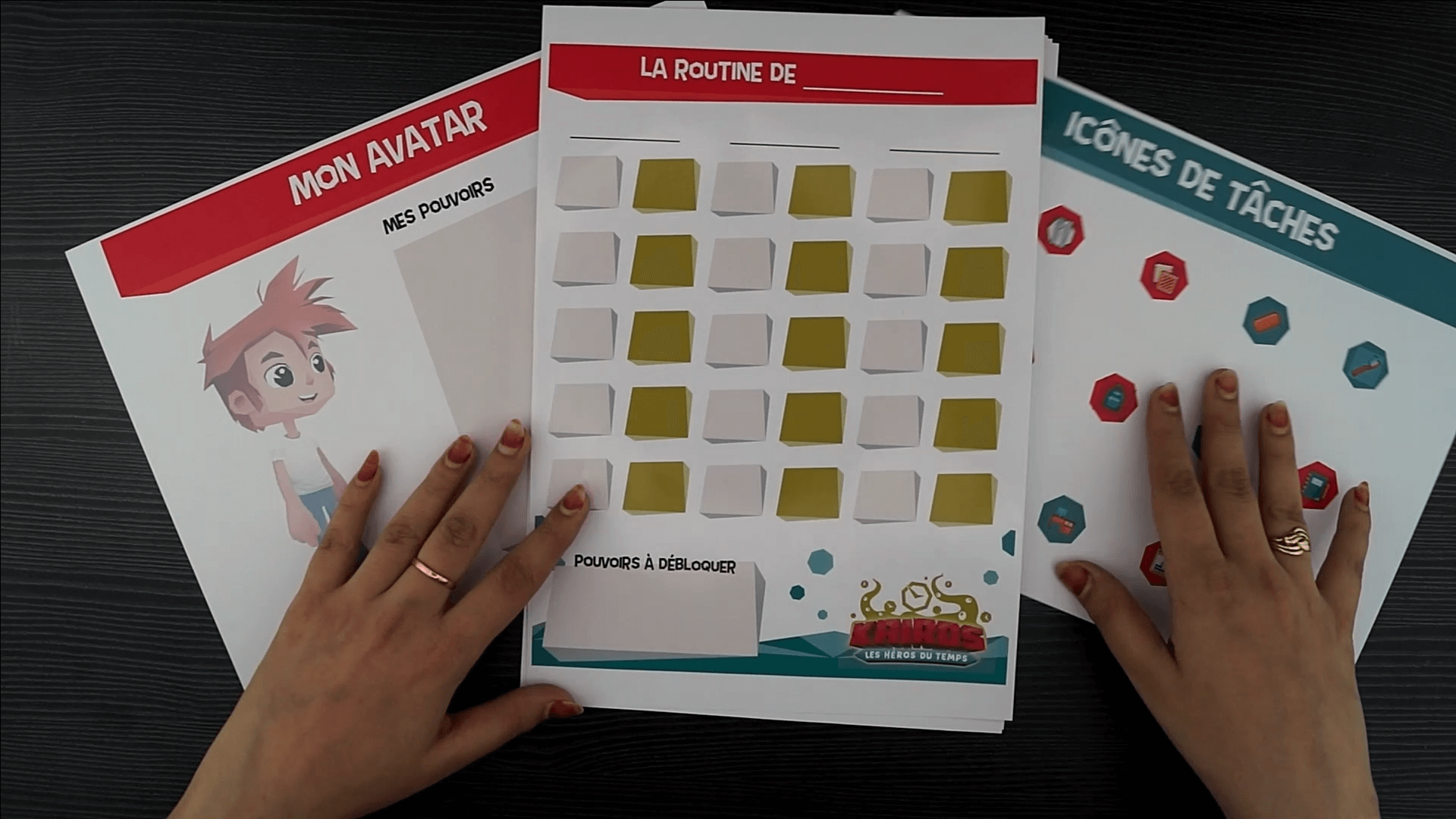
It is certain that the first routine is the most difficult. Then, from this, you can rework what is wrong to adapt it to your reality as you go.
Set up routines for the whole day with the 4 Kairos routine examples
But where do we start? Here are some basic principles:
1. Include Transitions
Transitions are the pivotal periods between two daily activities. For example, when you put on your pajamas before going to bed or wash your hands before meals. Or simply go from playing games to doing your bedtime routine.
For you and your adult brain, it is most likely obvious that you can find yourself sitting at the table in front of a book to read. For the child, less.
Which makes sense, being asked to stop doing one thing and start another can be a trigger for a crisis or problematic behavior. Especially for children with emotional or developmental issues.
It is therefore important to structure the transitions. For example, after the meal, we fill the dishwasher, we take a bath, we brush our teeth and then we read a story.

Here are the 5 tips that the Child Mind Institute recommends:
- Preview and Countdown: Count 15 seconds before he has to let go of his current activity and begin the transition.
- Set up a sound cue: Start a song he likes and finds fun during the transition.
- Set up visual cues: Using a routine chart, app or other.
- Get their attention: make eye contact, sit next to them, or take their hand.
- Use rewards: Set up a point system or use an app like Kairos where the child can progress if they do their routines.
2. Adjust the number of steps
According to age
The younger the child, the simpler and more detailed the sequence should be. What can be interesting, with a child under 5, is to put sequences in the appropriate places. For example, a sequence in the bathroom. A sequence in the kitchen. A sequence near the bed. …
Thus, the child is not bombarded by a very long sequence. The older the child, the more logical certain steps become, the more the sequences can be combined to arrive at a sequence of a full day in the end. You can also replace the pictures with sentences as the child learns to read.
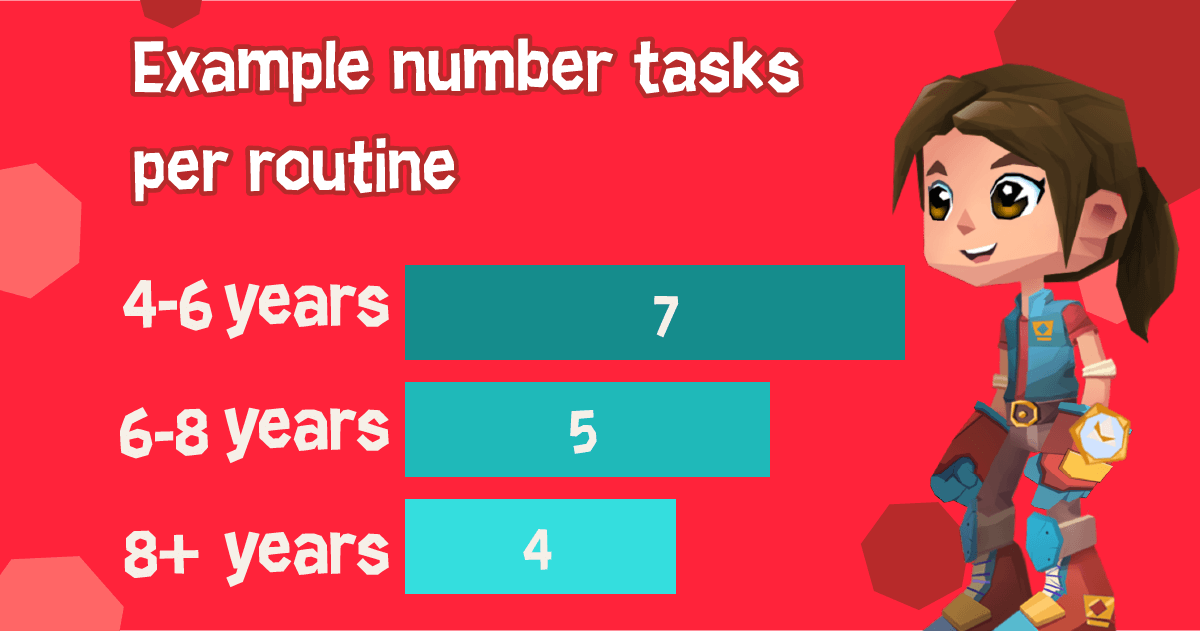
The golden rule: a routine has between 4 and 7 tasks. Some will go up to 10 tasks, which is the maximum according to experts. After 10 tasks, there is a risk of discouraging the child.
According to the condition of the child (ADHD, ASD, neurotypical)
For a neuroatypical child, either with ADHD, ASD or any other neurological peculiarity, a well-structured routine is all the more important. These children need even more structure and supervision than other children and it is therefore important to maintain the established routine.
A routine chart or an app for routines can make children independent and avoid having to repeat everything to them. Indeed, the predictable nature of the routine reassures them, but the fact of putting down on paper or in virtual form what is to come reassures them even more.

You can also try your first routine chart by downloading Kairos' free printable chart
Guide them by showing them what's coming up regularly. “In five minutes it will be eleven o'clock and if you go by your routine, at eleven o'clock you have to eat a snack. Also, it is relevant to prioritize the pictograms even if the child can read. This will allow him to assimilate information more quickly and process it for his brain.
3. Use routine cards
Pictograms and photos help to identify visually, provided they are sufficiently clear and precise. If you do not have access to a bank of pictograms, taking photos of the child in each of his routine moments is a wonderful option. The Kairos pictogram bank, specially designed for children who are neurotypical and live with adaptation challenges, is full of all possible and imaginable situations.
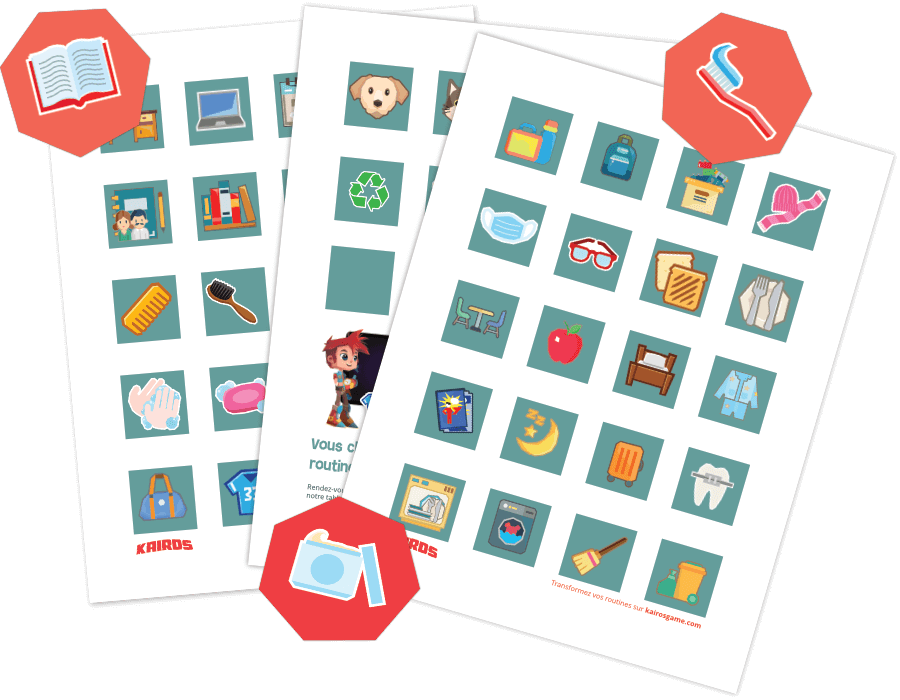
It does not matter whether you go to a pictogram or a photo, the important thing is that it is the expected action that is represented. Thus, a photo of the shower while the child has to take a bath, it does not work!
4. Sequence Tasks
The tasks must be placed in the correct order, and in an order plausible for the child. If, for example, you live in a two-story house and the tasks of his transition moment alternate between up and down without regard to his multiple movements, this will be much more difficult for him to accomplish. On the other hand, grouping all the actions to be performed in his bedroom, then in the bathroom, then in the kitchen will certainly help him.
The layout of the house also plays a big part in this. Many experts recommend the command center, a place where the routine board and most of the items needed for the routine are located.
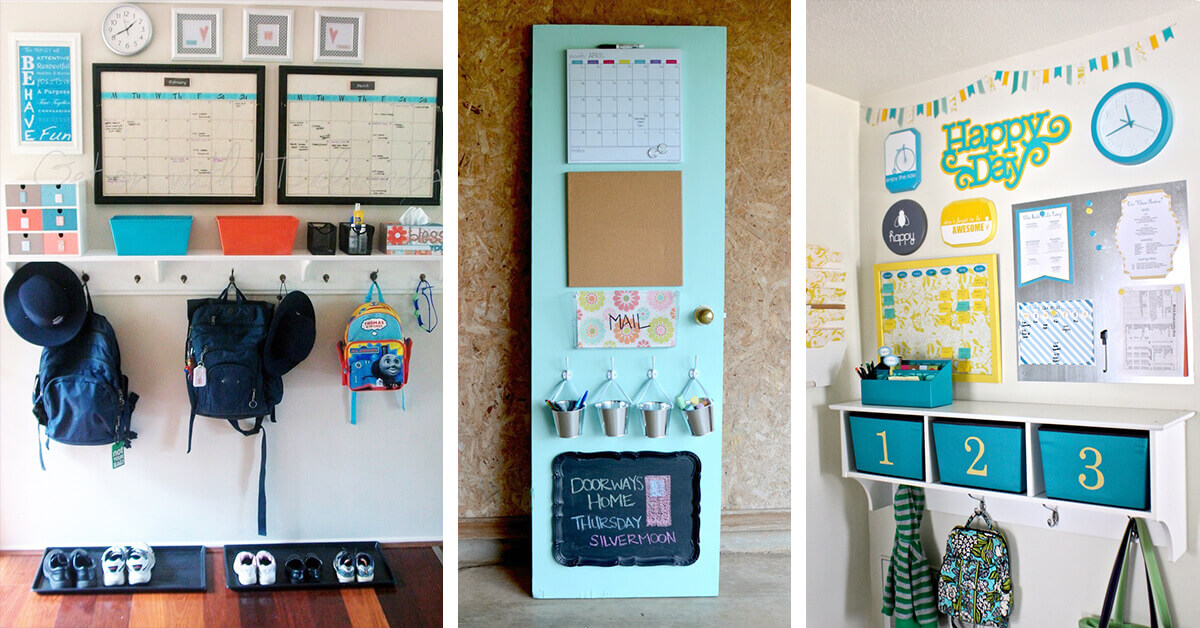
This is where the child will find his clothes for going out, his lunch box, his homework, etc. A bit like the "empty-pocket" dish that adults are used to using to find keys, telephones and wallet.
Also, it is possible to put images or photos of the items where they go. This will help you avoid questions such as "Momnnnnnn, where is my toothbrush?" »
5. Give choices
As much in everyday life as through your routine tool, it is important to give children choices. On the routine, there may be stacks of “choices” for this or that time of day. For example, an image of toast and a bowl of cereal.
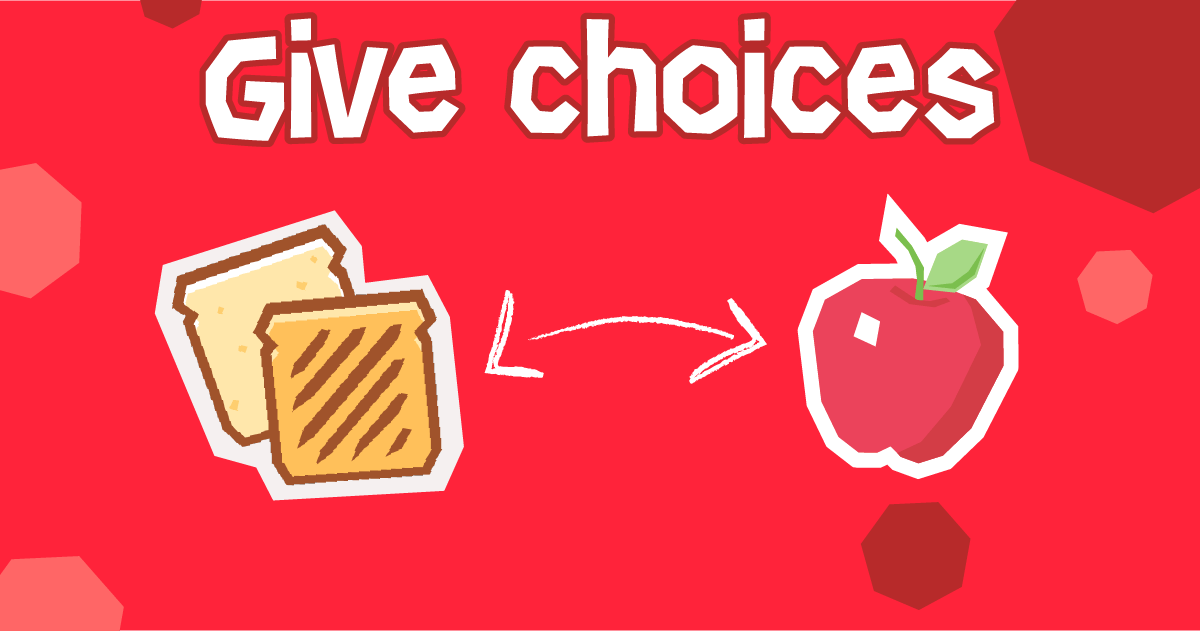
For playtime too, it is interesting to select a few games and leave the choice to the child. But while taking into account the constraints; we will not let a child play trucks next to the youngest who is taking a nap, we hear!
Advocating choices is also a great way to pass the times when the child has no choice. He is given the choice as often as possible and therefore feels in control.
Even better, build the routine with them!
You are now ready to start your first routine. On the other hand, as mentioned at the beginning of the text, this routine will certainly be reworked. Over the weeks, you will find improvements to be made. Some transitions will seem chaotic to you. It will then be important to take a step back and ask yourself “What if…”.
It will also take some time for your children to develop the habit of watching the routine. Without losing patience, be sure to regularly remind them of its existence. Involve them in the process and help them tame it. If some tasks seem more difficult, sit down with your child to better understand and help him further.
But above all, above all, above all, follow your intuition, try things, and give yourself time to adapt. It's the key to success.
Maximize the success of your morning routines
One of the hardest routines to put in place is definitely the morning routine. Everyone is in a hurry and stressed. We have to leave for work and take the children to school. How can we ensure that our mornings are zen rather than a source of pain? In the next section, you will come away with practical and effective tips, in addition to an example of a morning routine, to ensure its success.
Learn more:
Create your first routine: https://www.ahaparenting.com/ask-the-doctor-1/starting-a-family-routine
The routine for young children: https://www.ahaparenting.com/ages-stages/toddlers/routine_schedule_toddler
Create a routine: https://www.petitjourney.com.au/10-reasons-a-daily-routine-is-important-for-your-child-and-how-to-set-one/
Transitions (#5): https://www.mindfulmazing.com/7-ways-to-create-a-stress-free-morning-routine-for-kids/